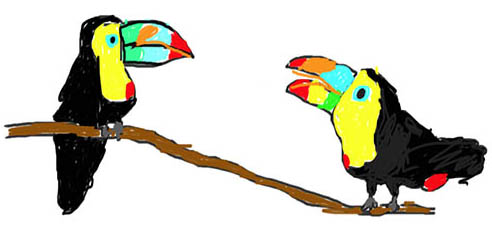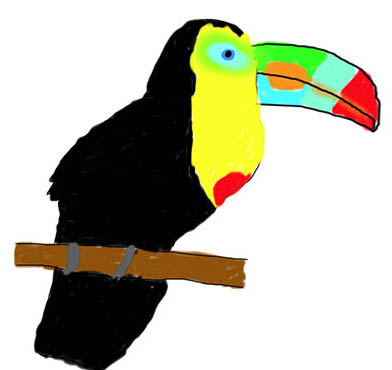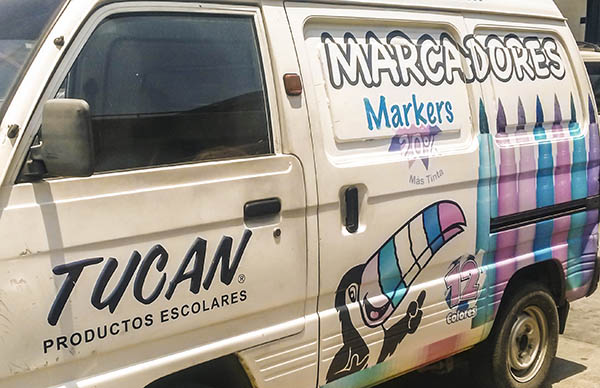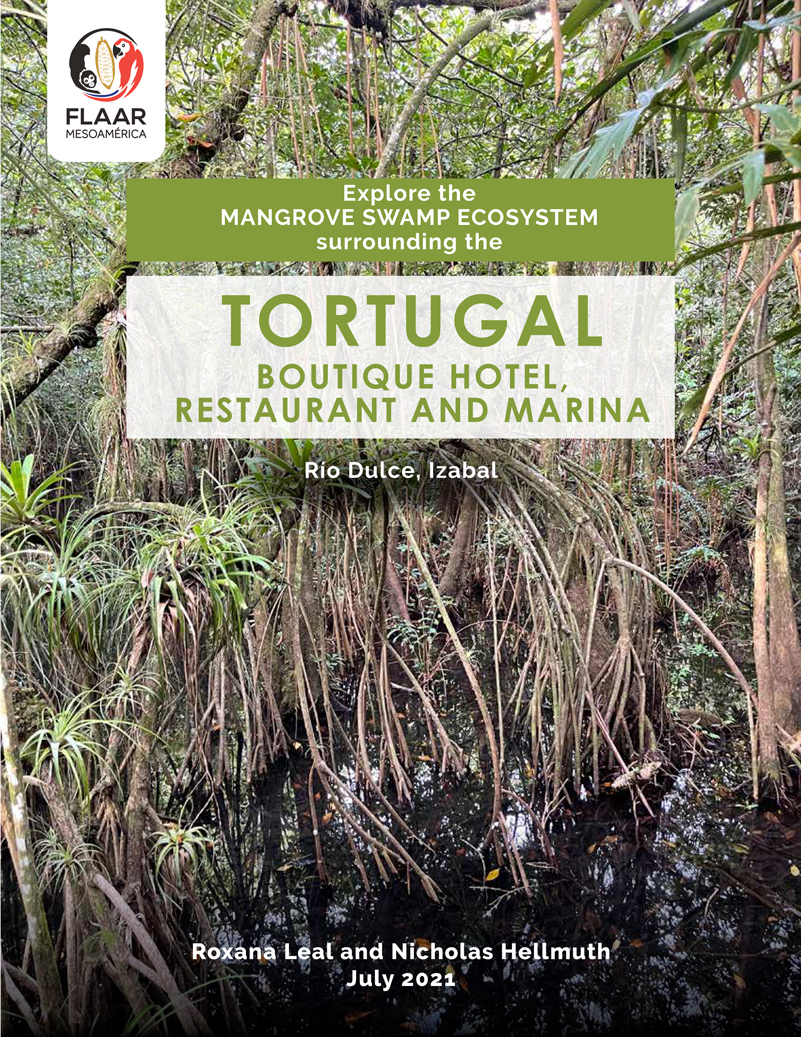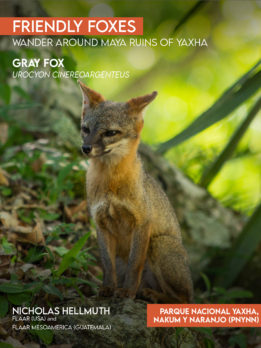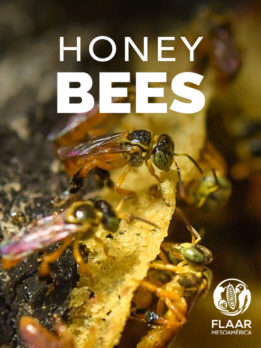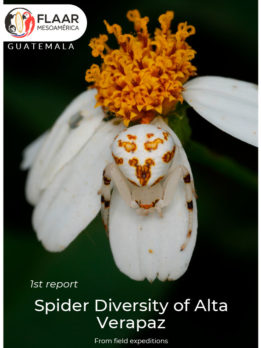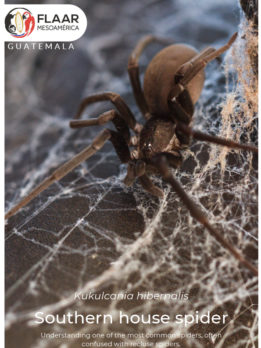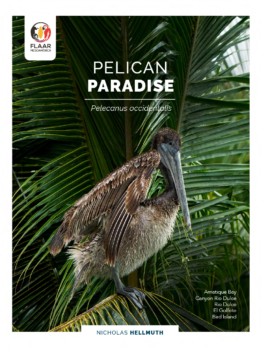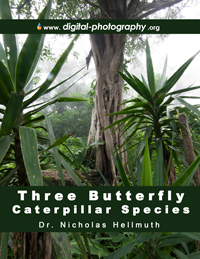Toucans are impressive wild birds of the Mayan areas
Several species of toucans inhabit Mesoamerica: Mexico, Guatemala, Belize, Honduras, and El Salvador, plus all the way through southern Mesoamerica, including Nicaragua to Costa Rica (and more south to Brazil).
The Mesoamerican cultural area (the area of influence of the Olmec, Teotihuacan, Maya, Toltec, and Aztec), ends about at Costa Rica, but toucans continue throughout South America.
Young artists in Guatemala render their impressions of toucans
We provide opportunities as interns to Mayan-speaking people in Guatemala for them to learn new skills. We also provide opportunities as interns to non-Maya Spanish-speaking people, but since we like to learn Mayan languages it helps to have Mayan speakers in the office.
Drawings of Toucans by Heidy Dina Tereza Coy Cabnal, on a Wacom tablet, Copyright FLAAR 2014
Drawing of Toucan by Heidy Dina Tereza Coy Cabnal, on a Wacom tablet, Copyright FLAAR 2014
In June we were at an altitude of about a thousand meters (over 3000 feet), in the town of Senahu. While walking to visit one of the interns who worked with us last year, a man came out of his house to ask if we could give his children an opportunity. It turned out he was a relative of the earlier intern, so he realized what students learned while in our office.
But his daughter was in a local school and it is not a good idea to have interns who are too young, so instead her older sister came for an internship. In a single day she learned how to use an iPad. Another day she learned how to use a Wacom tablet.
But still she said her younger sister still really wanted to come to Guatemala City to learn more about how to do art. We asked for a portfolio, and the images we received back were pretty impressive for a 12-year old.
I asked what was her source of inspiration. Evidently she has a child’s school book of images. Since all the school books use copyrighted images, and since the school book company logo is precisely a toucan, it is best to reproduce their original. We have asked the student to draw a toucan from a photograph, to make it not reproduce a trademark beak color sequence.
The toucan is actually a logo mascot of Guinness (Irish dry stout), since 1940’s
If you Google toucan mascot you get more toucan mascots than I would have envisioned. If you Google in Spanish, tucan mascota, you get even more. If you search for this bird in Portuguese (especially for the rain forest area of Brazil) you get even more.
Then I Googled toucan logo. Wow, what beautiful diversity. There are even entire web sites named toucan. And a few weeks ago in Guatemala City, I noticed a delivery truck with a toucan logo on each side. The Guinness company has had a toucan as their logo for over half a century (at least since 1940’s, and possibly 1930’s). Strange that Kellogg’s uses a toucan for children’s cereal when a toucan logo is associated with alcohol.
Delivery truck with a nice toucan logo, noticed in Guatemala City.
One reason for so many logos is because many sizes and shapes of toucans exist.
- Birds of Belize shows 3 different toucans, and Belize is a relatively small country. The keel-billed toucan is the national bird of Belize, so rather understandably is frequently a logo.
- In Honduras 2; in El Salvador 1; in Costa Rica 3
- In the larger country of Mexico there are about 3 different toucans.
- Birds of Tikal (El Peten, Guatemala) shows 3 different toucans.
- In Colombia you can expect 8 species of toucans. In Brazil 9 toucan species.
Here is a tabulation, from north to south (sample countries, our primary area of interest is Mesoamerica, but since Brazil is very eco-logo oriented, we go that far south with examples for logos).
This list is just for genera Ramphastos. If you look at other genera, you get dozens, scores more: http://beautyofbirds.com/toucanspecies.html
| Country | R. sulfuratus Keel-billed Toucan, Rainbow-billed Toucan |
R. dicolorus Red-breasted Toucan |
R. ambiguus Black-mandibled Toucan |
R. vitellinus Channel-bill(ed) Toucan |
R. swainsonii Chestnut-mandibled Toucan or Swainson's Toucan |
R. brevis Choco-Toucan |
R. tuca-nus |
|---|
| Mexico | YES | NO | NO | NO | YES | NO | NO |
| Guatemala | YES | NO | NO | NO | YES | NO | NO |
| Belize | YES | NO | NO | NO | YES | NO | NO |
| Honduras | YES | NO | NO | NO | YES | NO | NO |
| El Salvador | YES | NO | NO | NO | NO | NO | NO |
| Nicaragua | YES | NO | NO | NO | YES | NO | NO |
| Costa Rica | YES | NO | NO | NO | YES | NO | NO |
| Panama | YES | NO | NO | NO | YES | YES | NO |
| Colombia | YES | NO | YES | YES | YES | YES | YES |
| Venezuela | YES | NO | YES | NO | YES | NO | YES |
| Ecuador | NO | NO | YES | NO | YES | YES | YES |
| Brazil | NO | YES | YES | YES | NO | NO | YES |
| Peru | NO | NO | YES | NO | NO | NO | YES |
This list is just for genera Pteroglossus.
| Country | P. inscriptus arasarí marcado |
P. viridis Arasarí verde |
P. bailloni Tucan banana |
P. pluricinctus Arasarí fajado |
P. frantzii arasarí piquinaranj |
P. aracari arasarí cuelline-gro |
|---|
| Mexico | NO | NO | NO | NO | NO | NO |
| Guatemala | NO | NO | NO | NO | NO | NO |
| Belize | NO | NO | NO | NO | NO | NO |
| Honduras | NO | NO | NO | NO | NO | NO |
| El Salvador | NO | NO | NO | NO | NO | NO |
| Nicaragua | NO | NO | NO | NO | NO | NO |
| Costa Rica | NO | NO | NO | NO | YES | NO |
| Panama | NO | NO | NO | NO | YES | NO |
| Colombia | YES | NO | NO | YES | NO | NO |
| Bolivia | YES | NO | NO | NO | NO | NO |
| Ecuador | YES | NO | NO | YES | NO | NO |
| Brazil | YES | YES | YES | YES | NO | YES |
| Peru | YES | NO | NO | YES | NO | NO |
| Country | A. prasinus Emerald Toucanet |
A. haematopygus sexnotatus | A. haematopygus haematopygus |
|---|
| Mexico | YES | NO | NO |
| Guatemala | YES | NO | NO |
| Belize | YES | NO | NO |
| Honduras | YES | NO | NO |
| El Salvador | NO | NO | NO |
| Nicaragua | YES | NO | NO |
| Costa Rica | YES | NO | NO |
| Panama | NO | NO | NO |
| Colombia | NO | YES | YES |
| Bolivia | YES | NO | NO |
| Ecuador | NO | YES | NO |
| Brazil | NO | NO | NO |
| Peru | YES | NO | YES |
We do not list all the companies, brands, bars, restaurants, etc with toucans as their corporate logo, since there are more examples than we have space to show. Guinness has one of the oldest toucan corporate logos.
Wikipedia clearly indicates that toucans are omnivorous and prefer to feed their young raw animal food. So although toucans are best known to be fruit eating, it would be worth studying the carnivorous aspects of toucans! But since we are studying over 400 Neotropical plants and several hundred creatures, we would not embark on a study of what toucan babies eat as long as we are busy with all our other topics.
The benefits of toucans eating fruit are for seed dispersal. The fruit goes into the giant bill of the toucan. And later in the day (several hundred meters from the mother tree) the seeds come out the other end of the toucan, complete with a mass of semi-liquid fertilizer. Splat… another tree has a chance to grow because its seeds have been processed.
My personal interest in toucans comes from living at Tikal for 12 long months, in 1965, while 19 years old. I took a year off from Harvard to be a volunteer intern on the Tikal archaeology project (of the University of Pennsylvania). I saw a lot of toucans.
I then spent five years working to protect the endangered area of Lake Yaxha and Lake Sacnab, two hours drive (in those days) from Tikal. I was able to save all the forests north of both lakes by having a national park created. I feel honored to have created a national park in such a beautiful country as Guatemala.
During these many years I frequently had almuerzo or cena in a restaurant on the island of Flores which had a toucan loose in the restaurant. Yes, no cage. It hopped from chair back to chair back and from table to table all day long.
So when Heidi, a Q’eqchi’ (K’ekchi’) Mayan student in Senahu, Alta Verapaz, sent me her crayon paintings of about seven animals. I was definitely impressed by her toucan. We now feature her new toucan drawing now that she rendered her image from a photograph (to avoid copyright issue from school book illustrations). A person of 12 years old who does this well at her dreams will hopefully have a great future life ahead for her, for her brothers and sisters, parents and family.
The other drawings are by her sister, Wilma, about 15 or 16. She now does all her drawings on a Wacom tablet and in the evening uses our iPad to learn English. It sure helps local people when they have an opportunity to move ahead in learning so they can improve their job chances in their future.
As soon as we can obtain additional iPads and more Wacom tablets, we will train more students. So we should have more toucans, and macaws, and bats to show in the future.
Drawing by Vilma Lucrecia Coy Cabnal, on a Wacom tablet, Copyright FLAAR 2014
First posted June 9, 2014


